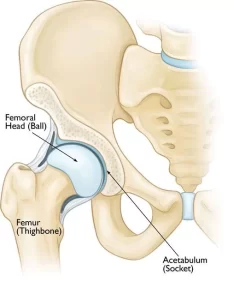
Posts

Tuberculous Arthritis
What is a Tuberculous Arthritis? Tuberculous arthritis is a disease caused by the same bacteria that causes tuberculosis. Through the blood and lymphatic systems, these...

Cheiralgia Paresthetica (Warternberg syndrome)
What is a Cheiralgia Paresthetica? Cheiralgia Paresthetica also called Wartenberg Syndrome) is a condition that occurs mostly due to the compression or entrapment of the...

23 Signs You Grew Up With Ehlers-Danlos Syndrome
Introduction There may be certain difficulties and experiences associated with growing up with Ehlers-Danlos Syndrome that are not always apparent to others. From seemingly straightforward...

Perthes Disease
What is a Perthes Disease? Perthes disease is a rare childhood condition affecting the hip joint, specifically the femoral head, which is the rounded end...

Plantar Fasciitis
What is Planter Fasciitis? Plantar fasciitis is a common foot condition that causes heel pain at the bottom of the foot. It occurs when the...

Potts fracture
Introduction A Potts fracture refers to a type of ankle fracture that occurs when the fibula, one of the bones in the lower leg, breaks...

Pusher Syndrome
What is a Pusher Syndrome? Pusher Syndrome, also known as controversial pushing, is a neurological condition often observed in patients who have experienced a stroke...

Sinus Tarsi Syndrome
Definition Sinus tarsi syndrome is a condition characterized by pain and instability in the foot, specifically in the area of the sinus tarsi, a small...

Midfoot Sprain
Introduction: A midfoot sprain occurs when the ligaments that support the middle section of the foot, known as the midfoot, are overstretched or torn. This...

Modified Ashworth Scale
Introduction The Modified Ashworth Scale (MAS) is a clinical tool used to assess spasticity in individuals, particularly those with neurological conditions such as stroke, multiple...
